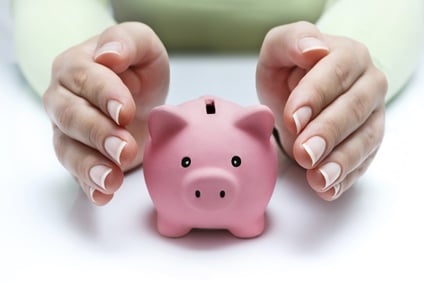When you walk into almost any store, you're
immediately overloaded with sights, sounds, smells, and various things to
touch. This barrage on your senses are hand-picked for one goal: to make you
spend more.
It
shouldn't be surprising that the main sense that retail stores go after is your
sense of sight. What is surprising
are the subtle cues they leave around to get us to spend more. These are small
symbolic cues that have a big impact on what we decide to buy, and how long
we're willing to stay in a store.
Color has a big impact on our shopping choices. Each color often evokes or reprerensent a feeling. For example red is almost the color associated with sales which makes us
buy more because we think it´s cheap.
Another
interesting strategy I found was that the retailers want you to get lost in the
store so you will see more of their products. Take Ikea, for example. The store
is structured in a way that you're bound to get turned around and lost. This
causes you to see more than you need to, and in turn you end up with a couple
more items in your hand. We were discussing this problem in our team because we
also thought that it´s easy to get lost in Sokos too.
The
sounds you hear in a store also complement the overall image a store is trying
to produce. A lot of retailers pipe in music specific to a store. Places in the
mall targeted at teens tend to play high-volume pop music, whereas a high-end
jeweler might play classical music.
One
study from the European Journal of Scientific Research suggest that music at a loud volume gets people to move
through the store quicker, whereas slower and quieter music makes them stay
longer. Slow tempo pop music might make you spend more on impulse purchases and the effect of tempo and key might affect mood enough to alter shopping choices as well.
The perfect scent makes us willing to spend more money. Our senses
bypass our conscious mind so if we smell something nice or something that evoke
our memory is it more likely we spend more money. Scents in
stores can indirectly affect our view of a product's quality, and when done
right gives us a more favorable experience of shopping as a whole.
Have you ever thought about that all those carefully designed stores aren't structured
just to assult your eyeballs with shiny objects. They're also about forcing you
to touch more things. Why? Because touching tends to lead to purchasing for
most of us. Essentially, the more time an item spends in your hand, the more
likely you are to purchase it.
I have never
thought about these things how a store in a way manipulate their customers.
Actually I have to admit that it´s also true, at least for me. I think this is
one way to try to understand the
customers and why they buy.
http://lifehacker.com/how-stores-manipulate-your-senses-so-you-spend-more-mon-475987594
 This post originally appeared on the
This post originally appeared on the 





